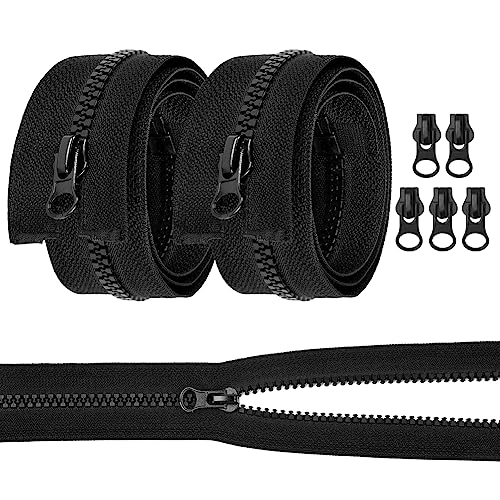The History of the Zipper
The zipper is a common fastening device that is used in clothing, bags, and other goods to easily and securely open and close them. While it might seem like a simple invention, the history of the zipper is actually quite fascinating, and it has gone through several innovations and improvements over the years. Let’s delve into the history of the zipper and how it has become an essential part of our everyday lives.
The Invention of the Zipper
The first iteration of the zipper was invented by Whitcomb Judson in the late 19th century. Judson, an American engineer, patented an early form of the zipper in 1891. This early version, called the “Clasp Locker,” was primarily used for closing boots and shoes. However, it was not very successful and did not gain widespread popularity.
It wasn’t until 1913 that the modern zipper as we know it was invented by Gideon Sundback, a Swedish-American engineer. Sundback improved upon Judson’s design and introduced many key concepts that are still used in zippers today. His “Hookless Fastener” included interlocking metal teeth and a slider mechanism that allowed for easy opening and closing of the zipper. Sundback’s invention was a significant improvement over the previous versions and quickly gained popularity.
The Rise of the Zipper in Fashion
While the zipper was initially used for practical purposes, it soon found its place in the fashion industry. In the 1920s, zippers started appearing on garments such as dresses and skirts. The zipper allowed for a more fitted look and made it easier to put on and take off clothing. This innovation revolutionized the fashion industry and changed the way garments were constructed.
By the 1930s, zippers became even more popular and were commonly used in men’s trousers and jackets. This trend continued to grow, and zippers gradually replaced buttons as the preferred fastening method for clothing. Zippers not only provided ease of use but also added a modern and stylish touch to garments.
Advancements and Variations
As the demand for zippers increased, manufacturers began to experiment with different materials and designs. One notable advancement in the zipper’s history was the introduction of plastic zippers in the 1950s. Plastic zippers were more affordable and lightweight, making them suitable for a wide range of applications. Today, plastic zippers are used in various industries, including luggage, outdoor gear, and sportswear.
Another significant development in zipper technology was the introduction of the invisible zipper in the 1960s. Unlike traditional zippers, the invisible zipper is concealed within the fabric, creating a seamless and sleek look. This type of zipper is commonly used in formal wear and high-end garments where aesthetics are paramount.
The Ubiquity of Zippers
Today, zippers are an essential part of our daily lives. They are used in clothing, bags, shoes, and even in our homes for items like pillows and cushions. Zippers have become so ubiquitous that we often take them for granted. From functional to fashionable, zippers have transformed the way we open and close things, making our lives more convenient and efficient.
In conclusion, the history of the zipper is a fascinating tale of innovation and ingenuity. From its humble beginnings as a clasp locker to becoming a staple in fashion and everyday items, the zipper has come a long way. Thanks to the inventors and advancements throughout history, we can enjoy the convenience and versatility of zippers in our modern world.






